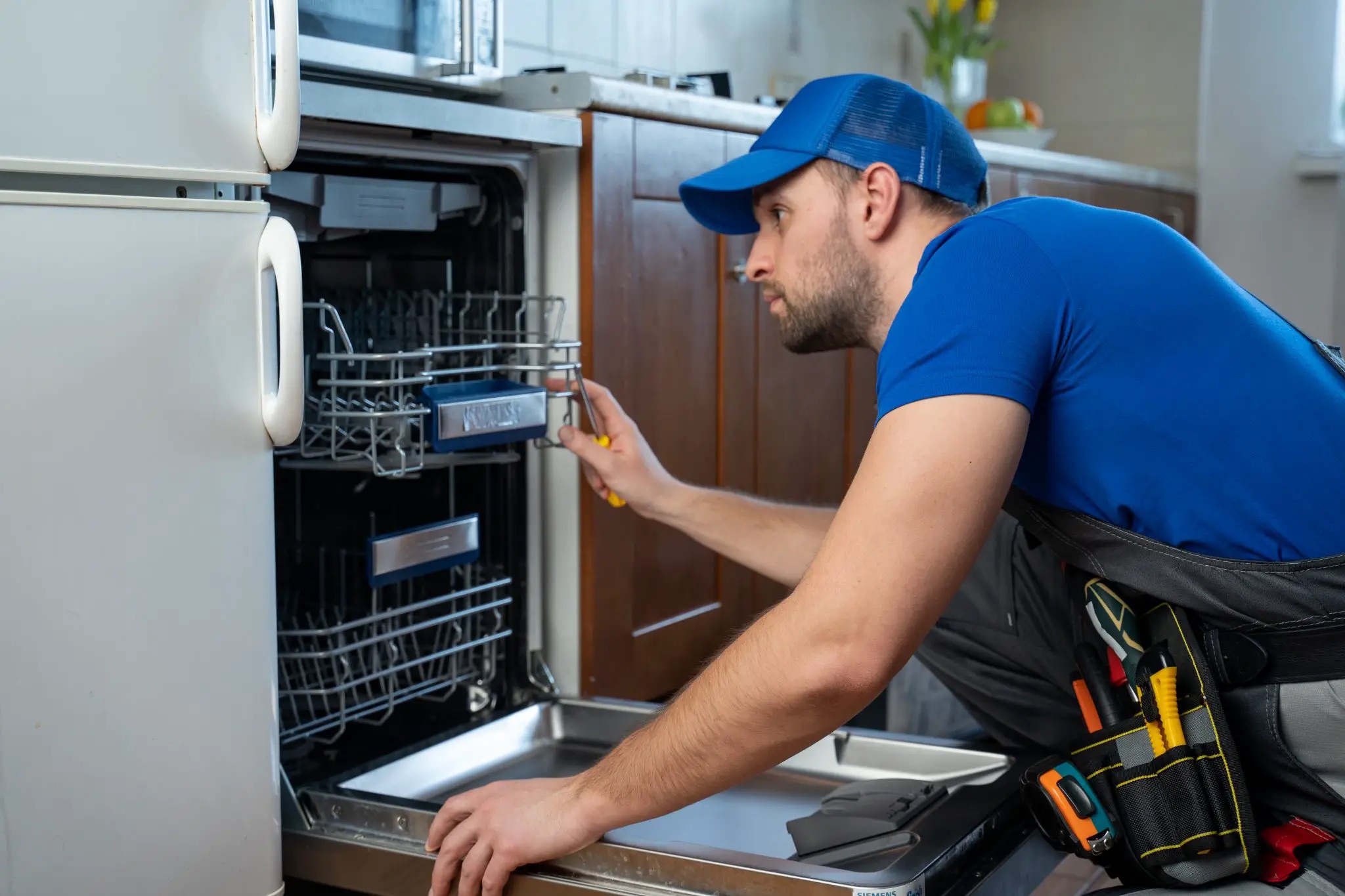

Articles
Why Is My Dishwasher Not Working
Modified: January 18, 2024
Discover common reasons why your dishwasher is not working and find helpful articles to troubleshoot and fix the issue.
(Many of the links in this article redirect to a specific reviewed product. Your purchase of these products through affiliate links helps to generate commission for Storables.com, at no extra cost. Learn more)
Introduction
Dishwashers have become an indispensable appliance in modern kitchens, saving us from the tedious task of hand washing a pile of dirty dishes. However, it can be frustrating when your dishwasher suddenly stops working or doesn’t perform as it should. Understanding the common problems that can arise with dishwashers is essential for troubleshooting and ensuring its smooth operation.
In this article, we will explore the most common dishwasher problems and provide solutions to get your trusty kitchen companion back to its best. From issues with power supply to water filling and draining problems, we’ll cover it all. So, if you’re tired of standing in front of a non-functioning dishwasher or are baffled by dishes that aren’t getting clean, keep reading for some valuable insights.
Before we delve into the specifics, it’s important to note that certain dishwasher problems may require professional assistance. If you’re not comfortable with troubleshooting or if the issue seems complex, it’s best to reach out to a qualified technician who can diagnose and fix the problem for you.
Now, let’s dive into the most common dishwasher problems and some possible solutions.
Key Takeaways:
- Troubleshoot common dishwasher problems like not turning on, not filling with water, or not draining by checking power supply, water inlet valve, and drain hose. Proper loading and maintenance can enhance dishwasher performance.
- Address dishwasher issues such as dishes not getting clean, strange noises, and water leakage by inspecting spray arms, motor, and door seal. Utilize rinse aid and maintain the heating element for optimal drying.
Common dishwasher problems
From time to time, you may encounter issues with your dishwasher that prevent it from functioning properly. These problems can range from simple and easily fixable to more complex and requiring professional assistance. Let’s take a look at some of the most common dishwasher problems.
- Dishwasher not turning on: One of the most frustrating problems is when your dishwasher refuses to turn on. This can be due to power supply issues, such as a tripped circuit breaker or a blown fuse. Check the electrical connections, replace blown fuses, and reset any tripped breakers to see if that solves the issue. If the dishwasher still doesn’t turn on, it could be a problem with the door latch, which may need to be replaced.
- Dishwasher not filling with water: If your dishwasher isn’t filling with water, the problem may lie in the water supply. Make sure the water supply valve to the dishwasher is fully open and the inlet hose isn’t kinked or clogged. If the water supply is fine, the issue could be a faulty inlet valve, which may need to be replaced by a professional.
- Dishwasher not draining: A common issue is when the dishwasher fails to drain properly. Check for a clogged drain hose, as debris or food particles can block the flow of water. You can use a long flexible brush or plumber’s snake to clear any obstructions. Additionally, a malfunctioning drain pump could be the culprit. If you hear a humming sound but the dishwasher doesn’t drain, the drain pump may need to be replaced.
- Dishes not getting clean: If your dishes are coming out of the dishwasher still dirty or with food particles, there could be several reasons. First, ensure you are loading the dishes correctly, allowing enough space for water and detergent to circulate. Additionally, check the spray arm for any blockages or damage. Clean or replace it as needed to ensure proper water distribution.
- Dishwasher making strange noises: Unusual noises coming from your dishwasher can be a cause for concern. Loose parts, such as the spray arm or utensil holder, can create rattling or banging sounds. Tighten or replace any loose components. If the noise persists, it could indicate a problem with the motor or pump, which may require professional attention.
- Dishwasher not drying dishes properly: If your dishes are coming out of the dishwasher wet or with water spots, the drying function may not be working correctly. Ensure that you have an adequate rinse aid level in the dispenser, as this can help with drying. If the dishes still aren’t drying, a defective heating element could be the culprit, which will need to be replaced by a professional.
- Dishwasher leaking water: A leaking dishwasher can cause water damage to your kitchen floor. Check the door seal for any damage or misalignment, as this can lead to water leakage during the wash cycle. Additionally, a faulty water inlet valve may be causing the leak. If the issue persists, it’s best to call a professional to diagnose and fix the problem.
These are just a few of the common problems that can occur with dishwashers. Remember, troubleshooting and fixing complex issues may require professional assistance. However, for simple problems, you may be able to resolve them with a little DIY effort. Now that we’ve covered the common problems, let’s move on to the solutions for each issue in more detail.
Dishwasher not turning on
One of the most frustrating problems you may encounter with your dishwasher is when it refuses to turn on. This issue can leave you scratching your head and wondering what could be wrong. However, there are a couple of common culprits to consider: power supply issues and door latch problems.
Power supply issues:
If your dishwasher is not turning on, the first thing you should check is the power supply. Start by ensuring that the dishwasher is properly plugged into a functioning power outlet. Examine the power cord for any signs of damage or fraying, as this could be preventing a proper electrical connection. If the power cord is damaged, it will need to be replaced.
Next, check the circuit breaker or fuse box to see if a circuit breaker has tripped or a fuse has blown. If you find that the breaker has tripped, reset it by flipping the switch to the “On” position. If a fuse has blown, replace it with a new one of the same amperage rating. This should restore power to the dishwasher.
Door latch problems:
If the power supply is not the issue, the problem could lie with the door latch. Dishwashers are designed with a safety feature that prevents them from starting if the door is not properly closed and latched. If the door latch is misaligned or malfunctioning, the dishwasher may not receive the signal that it is safe to start.
Inspect the door latch and ensure that it is properly aligned with the corresponding latch on the dishwasher. If it appears to be misaligned, try adjusting it by loosening the screws that hold it in place and repositioning it. Tighten the screws once the latch is in the correct position. If the latch is damaged or broken, it will need to be replaced to resolve the issue.
If you have gone through these troubleshooting steps and your dishwasher still does not turn on, it may be time to consult with a professional technician. They can perform a more in-depth diagnosis to identify the root cause of the problem and provide appropriate solutions.
Now that we have covered the potential causes of a dishwasher not turning on, let’s move on to the next common issue: a dishwasher not filling with water.
Read more: Why Is My Whirlpool Dishwasher Not Draining
Dishwasher not filling with water
If your dishwasher is not filling with water, it can hinder its ability to clean your dishes effectively. This issue can be caused by various factors, including water supply problems and a faulty inlet valve.
Water supply problems:
The first thing to check when your dishwasher is not filling with water is the water supply. Start by ensuring that the water supply valve to the dishwasher is fully open. Sometimes, the valve may have been accidentally closed or partially turned, restricting the flow of water to the dishwasher.
Next, check the water inlet hose for any kinks, twists, or clogs. These obstructions can impede the water flow to the dishwasher. Straighten out any kinks or remove any blockages if you find them. Additionally, make sure the hose is securely connected to both the water supply valve and the dishwasher. Ensure that there are no leaks at the connections.
Faulty inlet valve:
If the water supply is not the issue, the problem could lie with a faulty inlet valve. The inlet valve is responsible for allowing water to flow into the dishwasher during the wash cycle. Over time, these valves can wear out or become clogged, preventing water from entering the dishwasher.
To check if the inlet valve is faulty, you can perform a simple test. Start by unplugging the dishwasher and turning off the water supply. Locate the inlet valve at the back of the dishwasher. Remove the valve and inspect it for any signs of damage or blockage. If you notice any issues, it is likely that the inlet valve needs to be replaced.
Replacing the inlet valve typically requires the help of a professional technician, as it involves disconnecting electrical and water connections. It is recommended to seek professional assistance to ensure the proper installation of the new inlet valve.
If you have checked the water supply and determined that the inlet valve is functioning correctly, but your dishwasher is still not filling with water, it may be time to call a professional technician. They can perform a thorough inspection to diagnose the root cause of the problem and provide the necessary repairs or replacements.
Next, let’s move on to the third common problem: a dishwasher not draining.
Dishwasher not draining
If your dishwasher is not draining properly, it can leave standing water in the bottom of the tub, preventing it from functioning effectively. There are a couple of common causes for this issue: a clogged drain hose and a malfunctioning drain pump.
Read more: Why Is My Projector Not Working
Clogged drain hose:
A clogged drain hose is a common culprit when it comes to dishwasher drainage problems. Over time, food debris, soap residue, and other particles can accumulate in the drain hose, obstructing the flow of water out of the dishwasher.
To check for a clogged drain hose, start by turning off the dishwasher and disconnecting the power. Locate the drain hose, typically found at the back of the dishwasher, and inspect it for any visible signs of clogs or blockages. If you see any debris, remove it using a long flexible brush or a plumber’s snake. You can also disconnect the hose and run water through it to flush out any remaining particles.
After clearing the drain hose, reconnect it and ensure that it is securely attached to the dishwasher and the drain pipe under the sink. Test the dishwasher to see if it drains properly. If the issue persists, the problem may lie with the drain pump.
Malfunctioning drain pump:
The drain pump is responsible for removing water from the dishwasher during the drain cycle. If the pump becomes faulty or fails, it can impede the draining process. Signs of a malfunctioning drain pump include a humming noise but no drainage or water remaining in the dishwasher after the cycle completes.
To test if the drain pump is working, you can carefully remove the dishwasher’s kickplate to access the pump. Start by disconnecting the power to the dishwasher. Then, locate the drain pump and inspect it for any visible signs of damage or blockages. Clear any debris if necessary.
If the pump appears to be in good condition, you can use a multimeter to test its electrical continuity. If there is no continuity, it indicates that the drain pump needs to be replaced. It is recommended to seek the assistance of a professional technician to replace the drain pump to ensure proper installation and avoid any further damage.
If you have checked for a clogged drain hose and confirmed that the drain pump is functioning correctly, but your dishwasher is still not draining, it is advisable to consult with a professional technician. They can perform a detailed inspection and provide the necessary repairs or replacements to resolve the issue.
Now that we have addressed dishwasher drainage problems, let’s move on to the fourth common problem: dishes not getting clean.
Dishes not getting clean
One of the main reasons we rely on dishwashers is to ensure our dishes come out clean and sparkling. However, if you find that your dishes are not getting clean, there are a couple of common causes to consider: improper loading of dishes and spray arm issues.
Improper loading of dishes:
The way you load your dishes into the dishwasher can greatly affect their cleanliness. Overloading the dishwasher or placing dishes too close together can obstruct the water and detergent from reaching all surfaces. This can result in food particles and residue remaining on the dishes after the wash cycle.
When loading the dishwasher, make sure to leave enough space between each dish, allowing for proper water and detergent circulation. Avoid placing large items that can block the spray arms or prevent water flow. Also, be mindful of utensils and other small items that can fall through the dishwasher racks and obstruct the spray arms.
Furthermore, ensure that the dishes are positioned properly, facing the spray arms for maximum coverage. Items with deep concavities or recesses should be angled downwards to allow water to reach all parts.
Read more: Why Is My Humidifier Not Working
Spray arm issues:
The spray arms in your dishwasher play a crucial role in distributing water and detergent throughout the dishwasher, ensuring thorough cleaning. If the spray arms are not functioning correctly, it can result in inadequate water spray and poor cleaning performance.
Inspect the spray arms for any clogs or blockages. Remove any food particles or debris that may be obstructing the spray holes using a toothpick or small brush. Additionally, check that the spray arms are securely attached and can rotate freely. If any parts are loose or damaged, they may need to be replaced.
It’s also worth noting that some dishwashers have multiple spray arms, including a lower spray arm and an upper spray arm for cleaning the top rack. Make sure that both spray arms are functioning properly and not hindered by any obstructions.
If you’ve addressed the loading and spray arm issues, but your dishes still aren’t getting clean, there are a few more troubleshooting steps you can try. First, check the water temperature. The dishwasher relies on hot water to effectively dissolve detergent and remove food particles. Make sure your water heater is set to a temperature of at least 120°F (49°C).
Additionally, consider using a dishwasher cleaner or descaler to remove any built-up residue or mineral deposits that may be affecting the cleaning performance. Follow the manufacturer’s instructions for the appropriate usage and frequency.
If these solutions do not resolve the issue and your dishes are still not getting clean, it may be time to seek professional assistance. A technician can perform a thorough inspection and identify any underlying problems that require repair or replacement.
Now let’s move on to the fifth common problem: a dishwasher making strange noises.
Dishwasher making strange noises
If your dishwasher is making strange noises during operation, it can be quite unsettling. Unusual sounds can be an indicator of underlying issues that require attention. Two common causes for a dishwasher making strange noises are loose parts and a faulty motor or pump.
Loose parts:
One possible reason for your dishwasher making strange noises is loose parts within the appliance. Over time, vibration and movement can cause various components, such as the spray arm, utensil holder, or racks, to become loose or misaligned.
To check for loose parts, start by turning off the dishwasher and opening the door. Gently shake or wiggle the spray arm, utensil holder, and dishwasher racks to see if there is any movement or rattling. If you find any loose parts, tighten the screws or fasteners to secure them in place. If a component is damaged or broken, it may need to be replaced to eliminate the noise.
Faulty motor or pump:
If you have ruled out loose parts as the source of the strange noises, the problem may lie with a faulty motor or pump. The motor and pump work together to circulate water within the dishwasher and provide the necessary pressure for effective cleaning.
If the motor or pump is malfunctioning, you may hear grinding, whirring, or humming noises during the dishwasher’s operation. This can indicate worn bearings, a faulty motor fan, or a damaged impeller in the pump.
To diagnose a faulty motor or pump, it’s best to consult with a professional technician. They can perform a thorough inspection and conduct tests to identify the exact cause of the noise. If a motor or pump replacement is necessary, it is recommended to leave the task to a qualified technician for proper installation and optimal performance.
If you’ve tightened loose parts and confirmed that the motor and pump are in good condition, but the strange noises in your dishwasher persist, there may be other underlying issues. It’s possible that there could be a problem with the water inlet valve, a worn-out belt, or even a foreign object trapped in the dishwasher’s filter or pumps. In such cases, it is best to reach out to a professional technician to assess and address the problem.
Remember, strange noises from your dishwasher should not be ignored, as they can potentially lead to further damage if left untreated. By identifying and resolving the issue promptly, you can ensure the continued efficient and quiet operation of your dishwasher.
Now, let’s move on to the sixth common problem: a dishwasher not drying dishes properly.
Read more: Why Wont My Dishwasher Turn On
Dishwasher not drying dishes properly
If you find that your dishes are not drying properly after a dishwasher cycle, it can be frustrating. There are a couple of common causes for this issue: inadequate rinse aid usage and a defective heating element.
Inadequate rinse aid:
Rinse aid plays a crucial role in ensuring that your dishes come out of the dishwasher dry and free from water spots. It helps to reduce the surface tension of water, allowing it to drain more effectively from the dishes. If you’re not using enough rinse aid or it has run out, it can result in insufficient drying.
Check your dishwasher’s rinse aid dispenser and refill it if necessary. Consult your dishwasher’s manual to determine the appropriate amount of rinse aid to use for optimal drying performance. Additionally, adjust the rinse aid dispenser settings if your dishwasher provides this option. This can help ensure that the rinse aid is evenly distributed during the wash cycle, promoting better drying results.
Defective heating element:
The heating element in a dishwasher is responsible for raising the temperature of the water during the wash and rinse cycles. It also aids in the drying process by producing heat to evaporate the moisture on the dishes. If the heating element is faulty or malfunctioning, it can result in poor drying performance.
Start by checking the heating element for any visible signs of damage or corrosion. If you notice any issues, such as burn marks or breaks in the element, it is likely that it needs to be replaced. However, testing the functionality of the heating element typically requires the assistance of a professional technician, as it involves working with electrical components.
In addition to rinse aid and the heating element, there are a few other factors to consider to improve drying performance. First, ensure that you are using an appropriate dishwasher cycle with a heated drying option, if available. Some dishwasher cycles offer a heated dry function that uses higher temperatures to aid in the drying process.
Next, avoid overcrowding the dishwasher and ensure that there is enough space between dishes for proper airflow. Overloading the dishwasher can obstruct the flow of air and prevent effective drying. Proper loading techniques, such as placing items in an angled or tilted position to allow water to drain off, can also aid in the drying process.
If you’ve addressed the rinse aid usage and verified the functionality of the heating element, but your dishwasher still doesn’t dry dishes properly, it may be best to seek professional assistance. They can thoroughly assess the situation, diagnose any underlying problems, and provide the necessary repairs or replacements.
Now, let’s move on to the seventh common problem: a dishwasher leaking water.
Dishwasher leaking water
A leaking dishwasher can cause water damage to your kitchen floor and cabinets. It’s essential to address this issue promptly to prevent further damage. There are two common causes for a dishwasher leaking water: a damaged door seal and a faulty water inlet valve.
Read more: Why Is My Dishwasher Not Cleaning My Dishes
Damaged door seal:
The door seal, also known as the gasket or rubber seal, is responsible for creating a watertight seal when the dishwasher door is latched shut. Over time, the door seal can become worn, cracked, or damaged, leading to water leakage during the wash cycle.
To check if the door seal is the culprit, visually inspect it for any signs of damage or deterioration. Look for cracks, tears, or hardened areas. If you find any issues with the door seal, it will need to be replaced to ensure a proper seal and prevent further leaks. Consult your dishwasher’s manual or contact the manufacturer for the correct replacement part and instructions on how to install it.
Faulty water inlet valve:
The water inlet valve controls the flow of water into the dishwasher. If the valve malfunctions or fails, it can cause water to leak from the dishwasher. Common issues with the water inlet valve include leaks around the valve or a failure to shut off the water flow completely.
To check for a faulty water inlet valve, you can start by inspecting it for any visible signs of damage or leakage. If you notice any issues, such as cracks or loose fittings, it’s likely that the water inlet valve needs to be replaced. However, testing the functionality of the valve requires the expertise of a professional technician, who can use tools and equipment to measure water pressure and diagnose the problem accurately.
In addition to these two common causes, there are a few other factors to consider when dealing with a leaking dishwasher. Check the dishwasher’s drain hose to ensure it is properly connected and not clogged. A loose or damaged drain hose can cause water to leak. Also, verify that the dishwasher is level and properly aligned. A dishwasher that is not level can result in uneven water distribution and leaks.
If you’ve addressed the door seal and water inlet valve, as well as checked the drain hose and ensured proper alignment, yet the dishwasher continues to leak, it is advisable to consult with a professional technician. They can perform a thorough inspection, identify the root cause of the leak, and provide the necessary repairs or replacements.
Addressing a leaking dishwasher promptly can prevent further damage and ensure its proper functioning. By resolving the issue, you can enjoy a leak-free dishwasher and a clean, dry kitchen.
Now that we have covered the common dishwasher problems and their potential causes, you are equipped with valuable information to troubleshoot and resolve issues with your dishwasher. Remember, if a problem persists or seems complex, it’s best to consult with a professional for expert assistance.
Conclusion
Throughout this article, we have explored the most common problems that can arise with dishwashers and provided potential solutions to address them. From dishwasher not turning on to dishes not getting clean, dishwasher problems can be frustrating, but with the right troubleshooting steps, most issues can be resolved.
We learned that power supply issues and door latch problems can prevent a dishwasher from turning on. Checking the power supply and ensuring the door latch is properly aligned can often solve these problems.
When a dishwasher is not filling with water, it can be due to water supply problems or a faulty inlet valve. Verifying the water supply and inspecting the inlet valve are essential steps in troubleshooting this issue.
Dishwasher not draining can be caused by a clogged drain hose or a malfunctioning drain pump. Clearing any obstructions in the drain hose and checking the functionality of the drain pump are crucial for resolving this problem.
If dishes are not getting clean, improper loading of dishes or spray arm issues may be to blame. Properly loading the dishwasher and ensuring that the spray arms are clean and functioning correctly can improve cleaning performance.
Strange noises coming from a dishwasher can indicate loose parts or a faulty motor or pump. Tightening loose parts and inspecting the motor and pump can help address the issue.
A dishwasher not drying dishes properly can be the result of inadequate rinse aid usage or a defective heating element. Using an appropriate amount of rinse aid and checking the heating element’s condition can enhance drying performance.
A leaking dishwasher can be caused by a damaged door seal or a faulty water inlet valve. Replacing the door seal or the water inlet valve, and checking the drain hose and dishwasher alignment can help prevent leaks.
It’s important to remember that while these troubleshooting steps can often resolve common dishwasher problems, some issues may require professional assistance. If you’re unsure or uncomfortable with the troubleshooting process, it’s best to consult with a qualified technician.
By understanding the common problems and their solutions, you can keep your dishwasher running smoothly and efficiently. Regular maintenance, such as cleaning the filters and maintaining proper loading techniques, can also help prevent future issues.
Now that you have the knowledge to troubleshoot and resolve common dishwasher problems, you can confidently tackle any issues that arise and keep your trusty kitchen companion in top-notch condition.
Frequently Asked Questions about Why Is My Dishwasher Not Working
Was this page helpful?
At Storables.com, we guarantee accurate and reliable information. Our content, validated by Expert Board Contributors, is crafted following stringent Editorial Policies. We're committed to providing you with well-researched, expert-backed insights for all your informational needs.
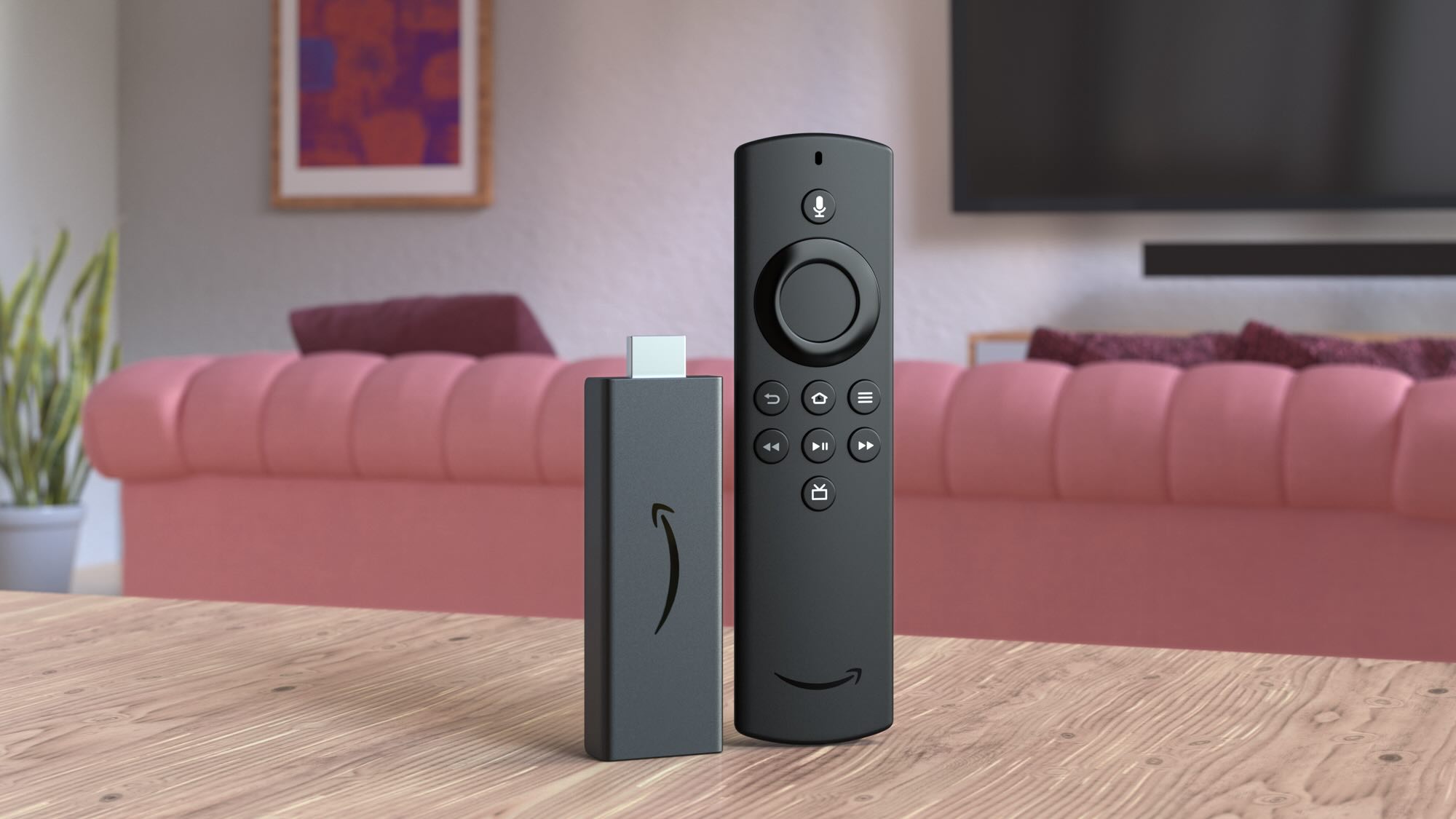
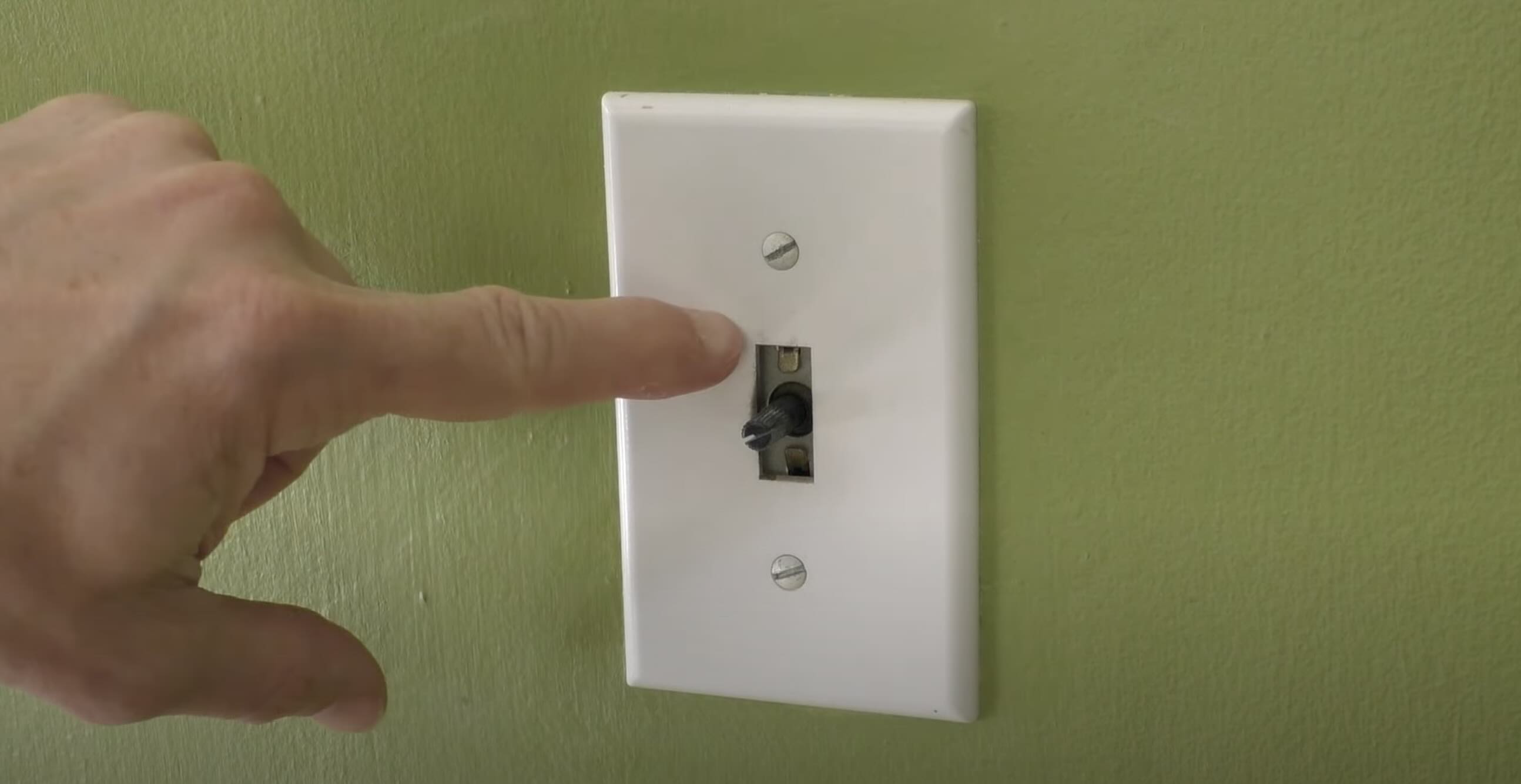
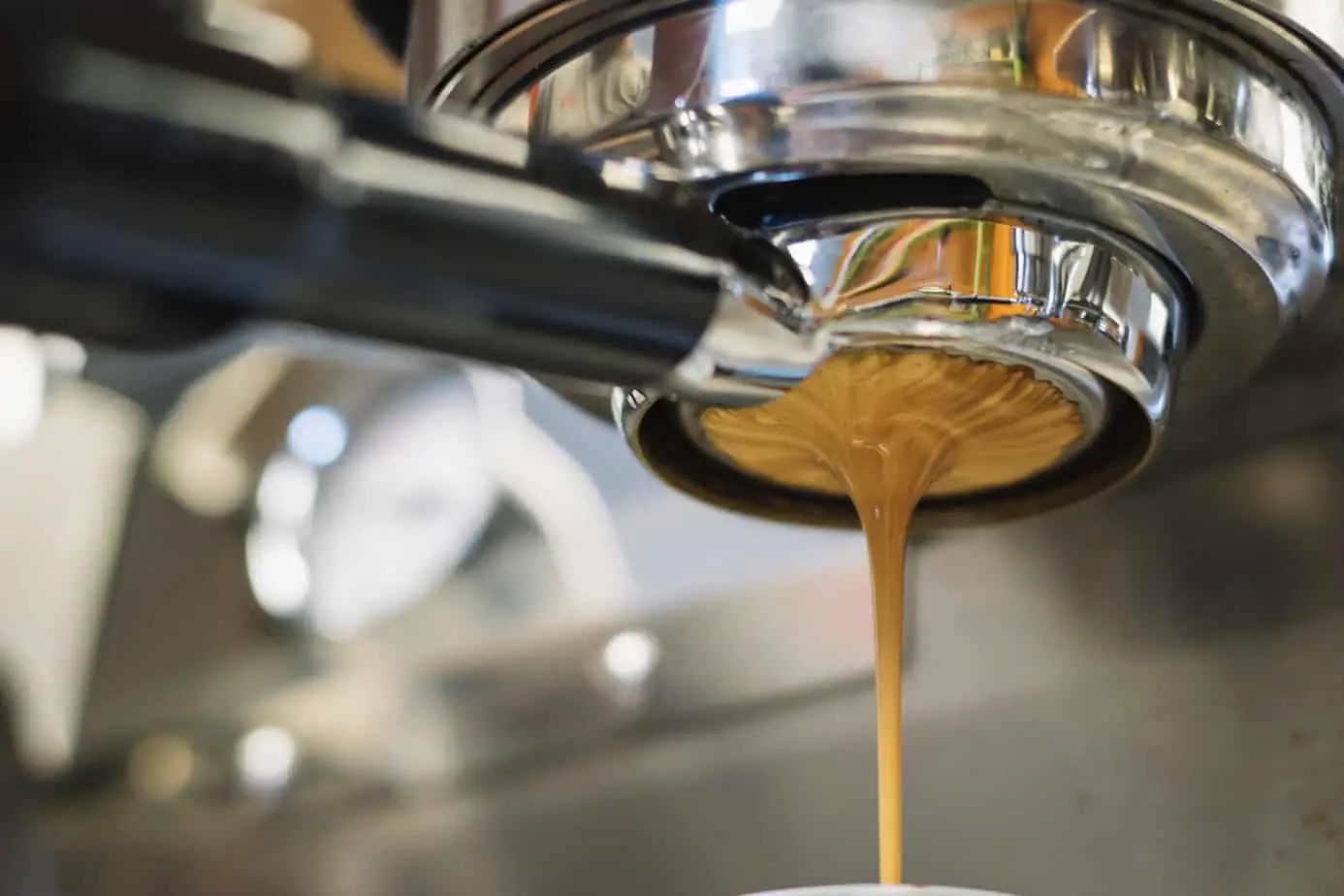
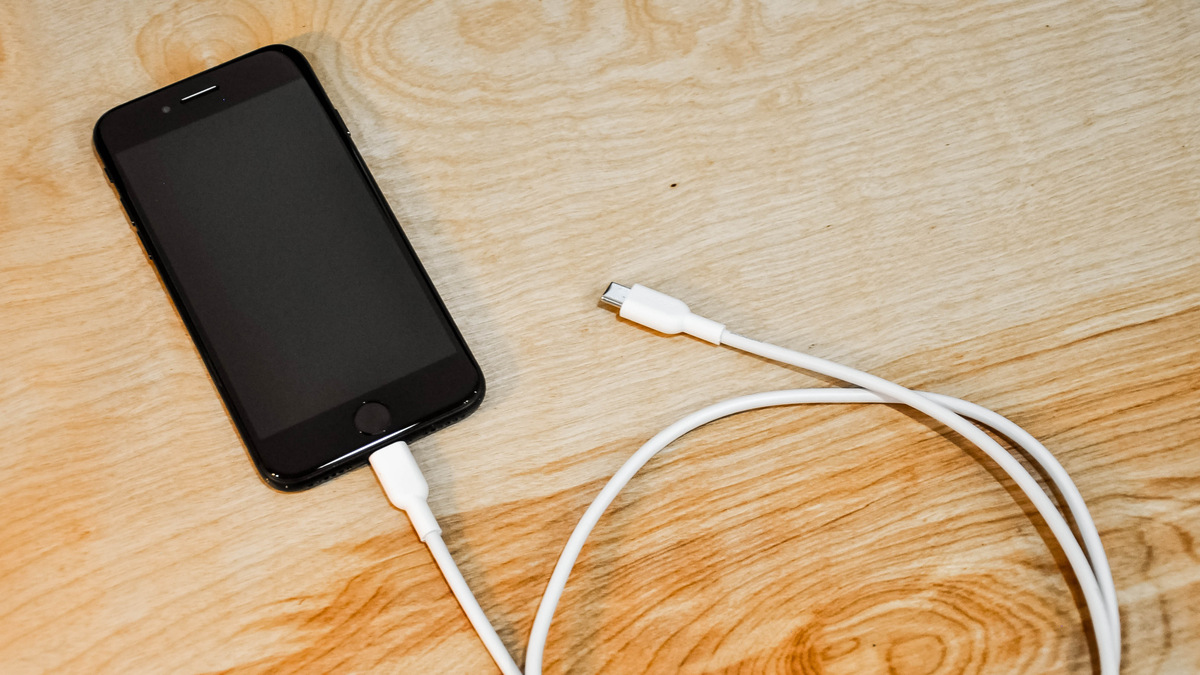
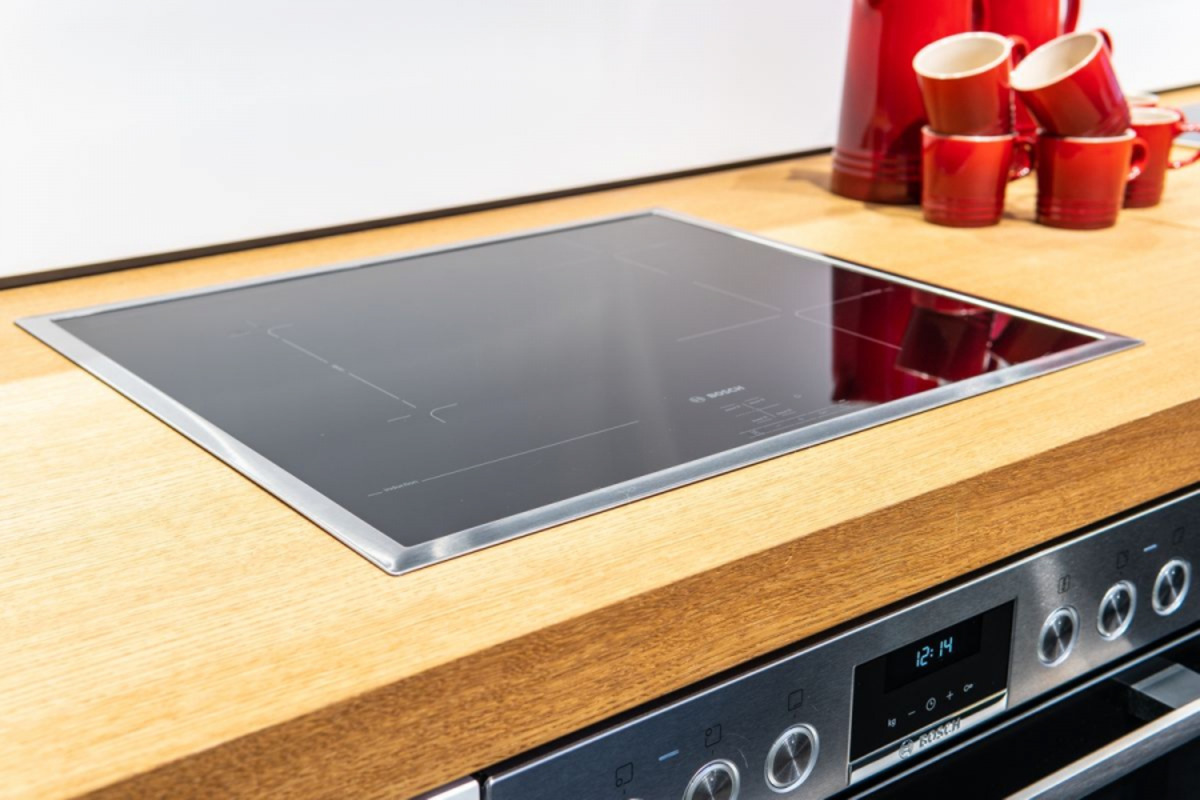


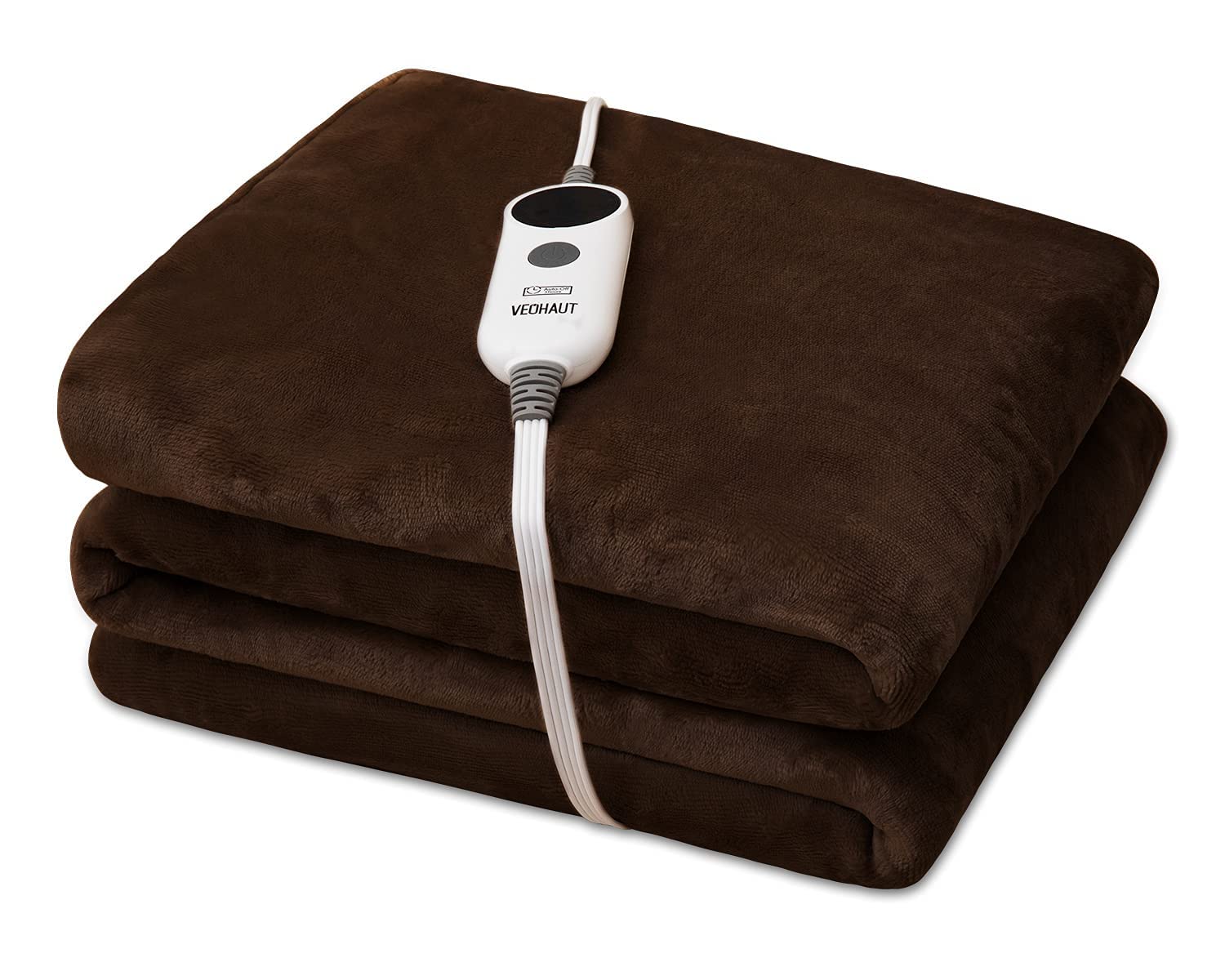
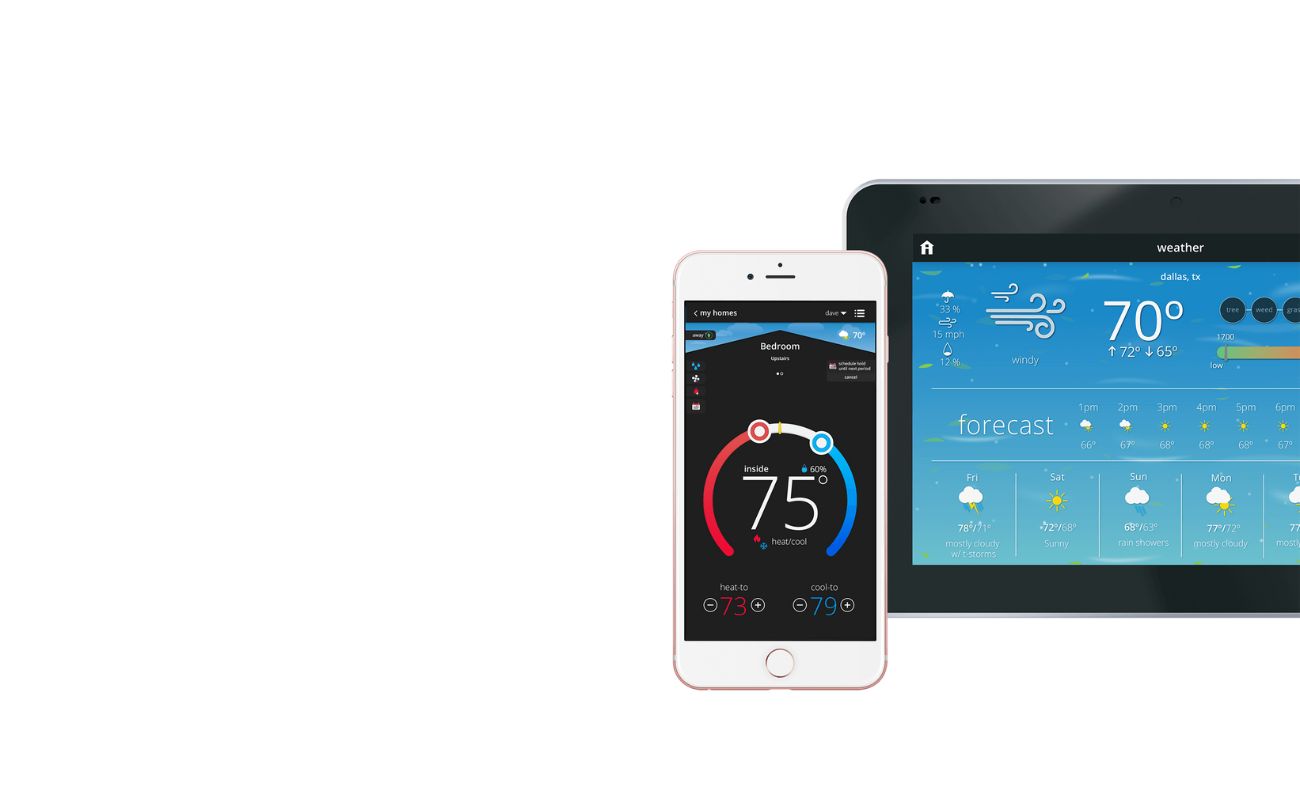
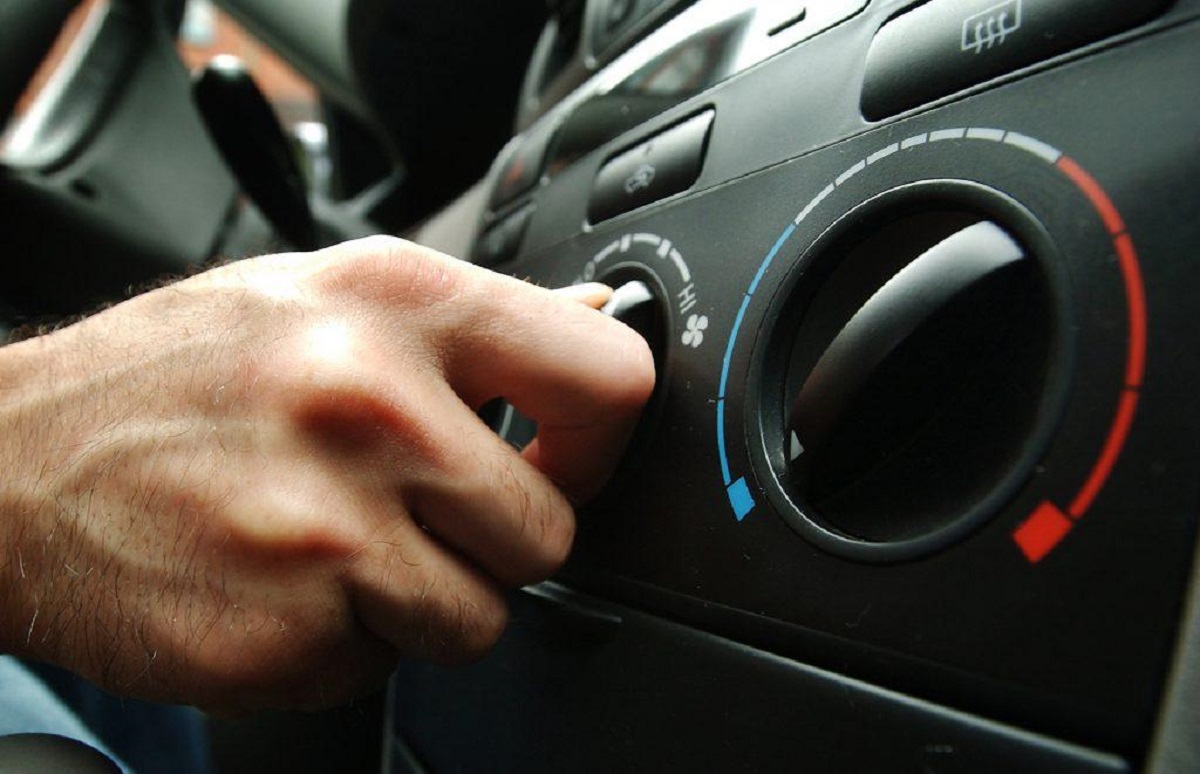

0 thoughts on “Why Is My Dishwasher Not Working”